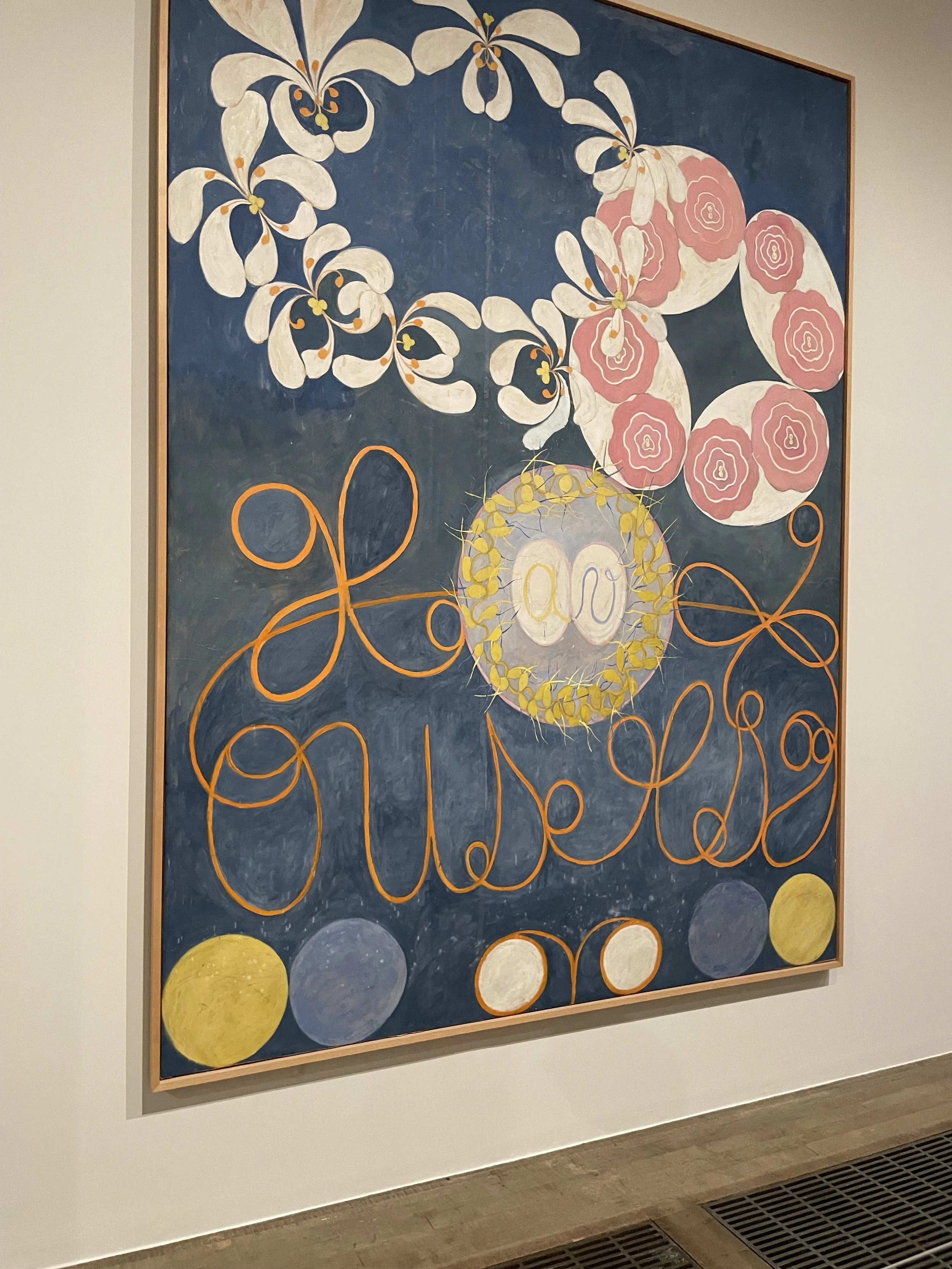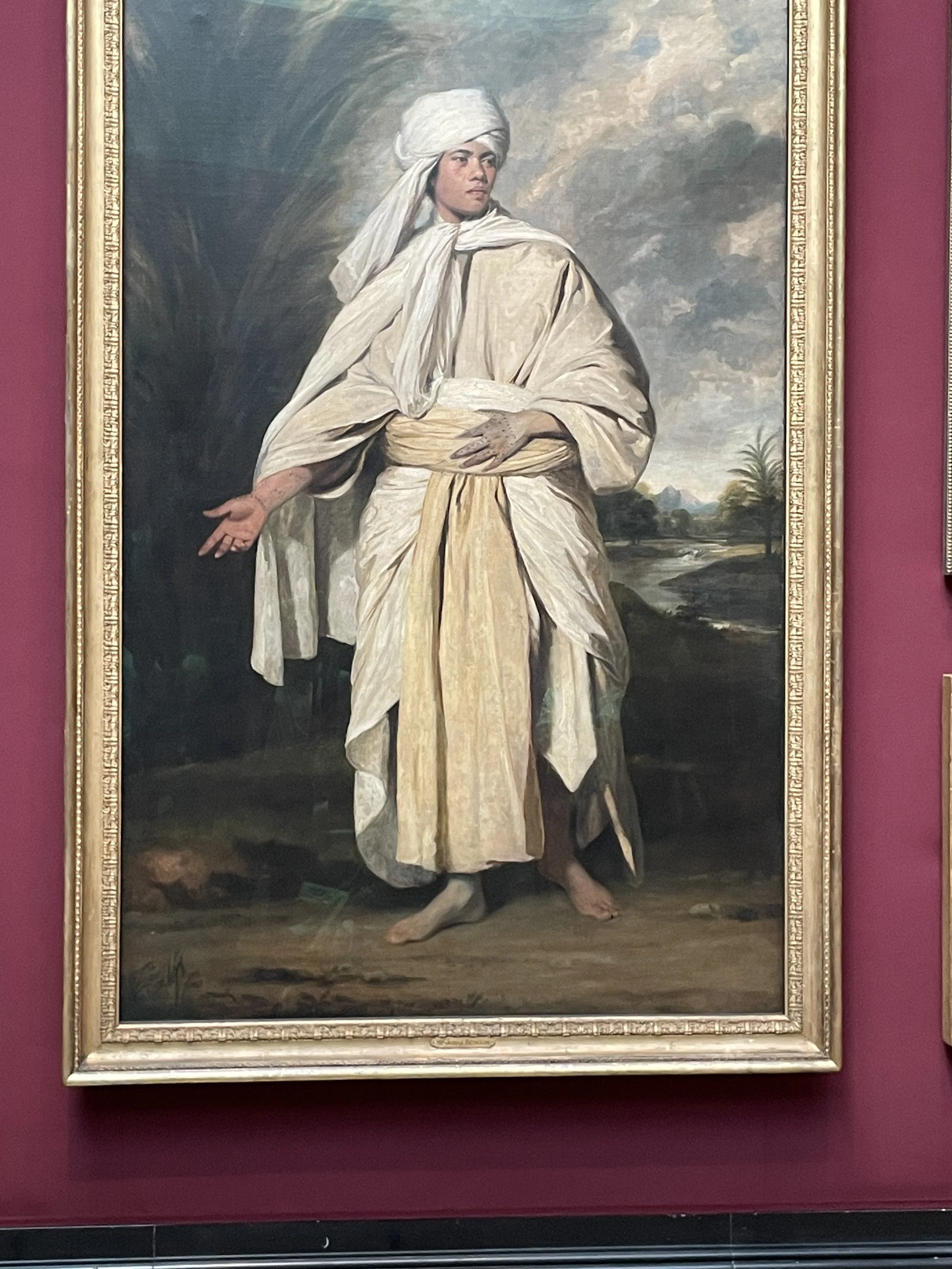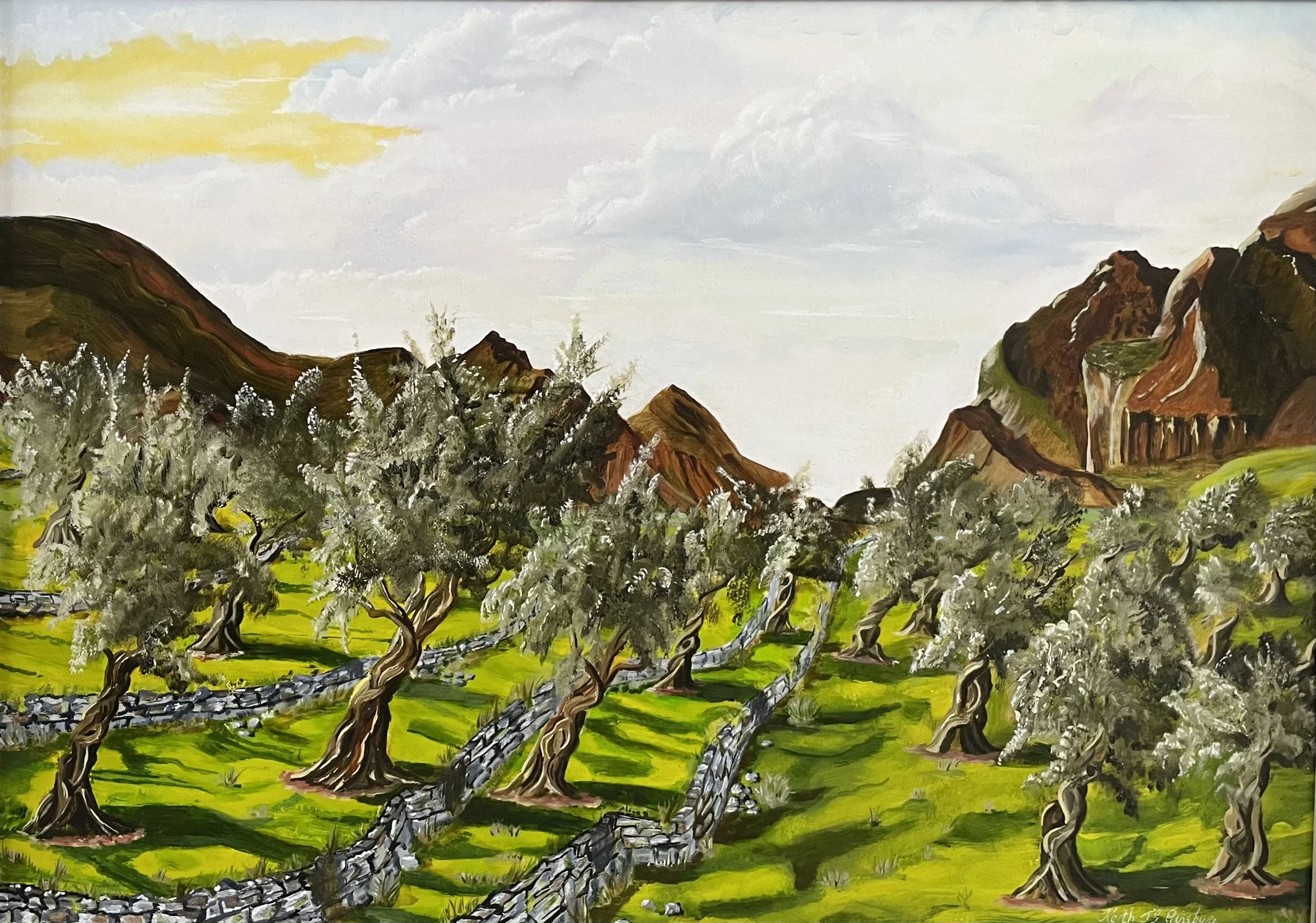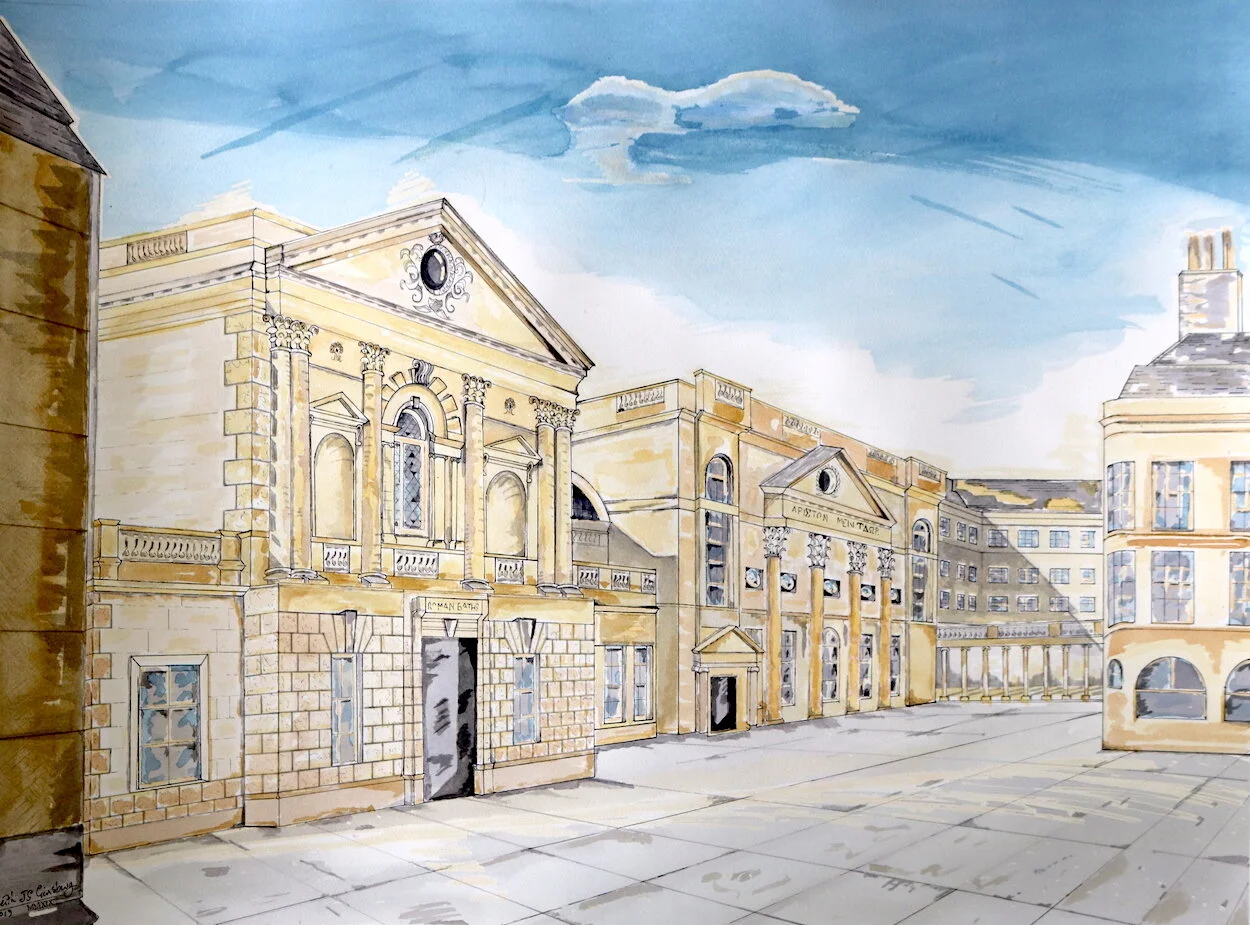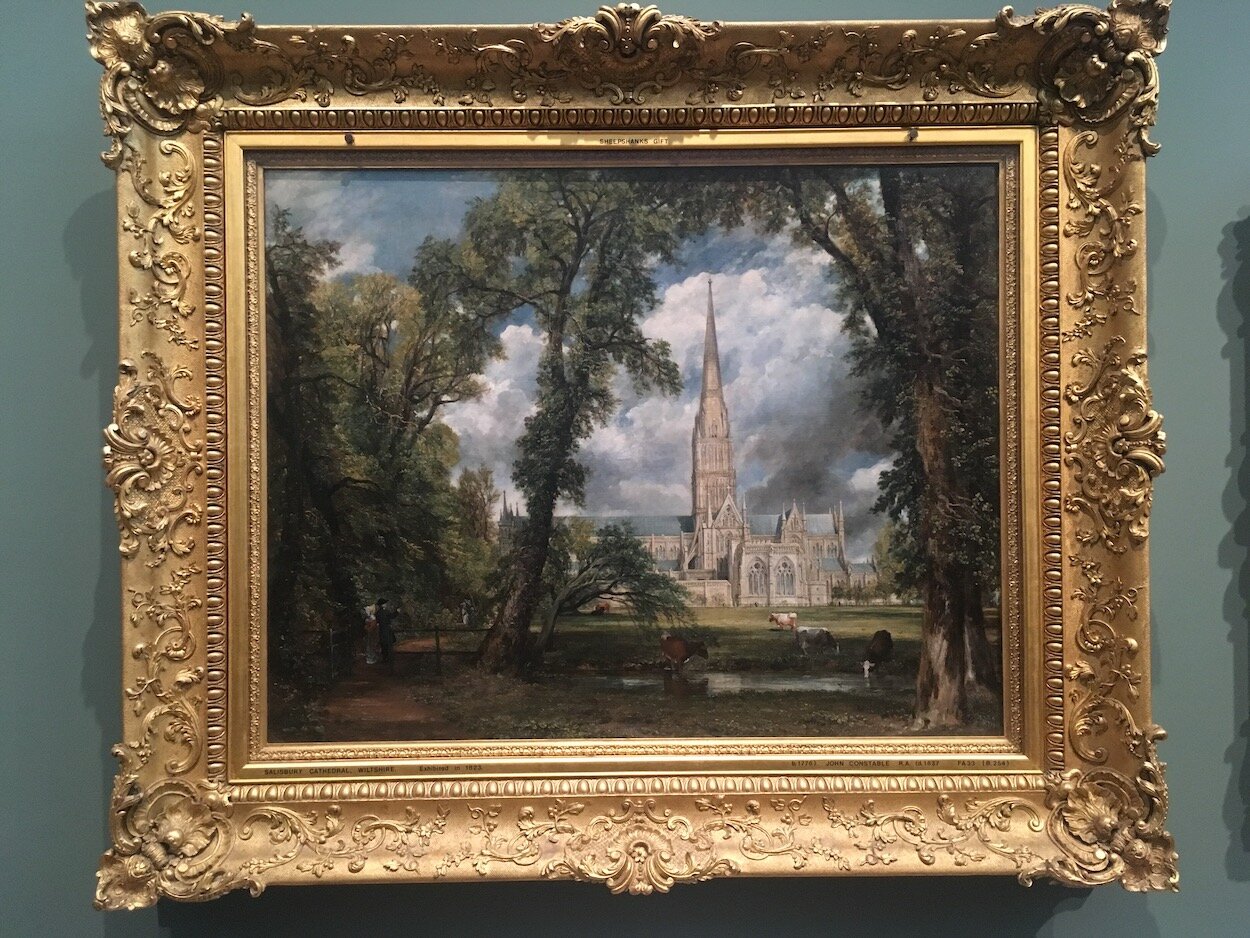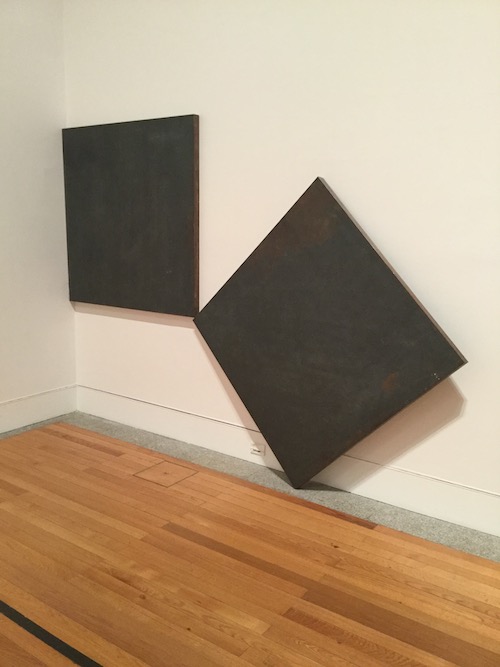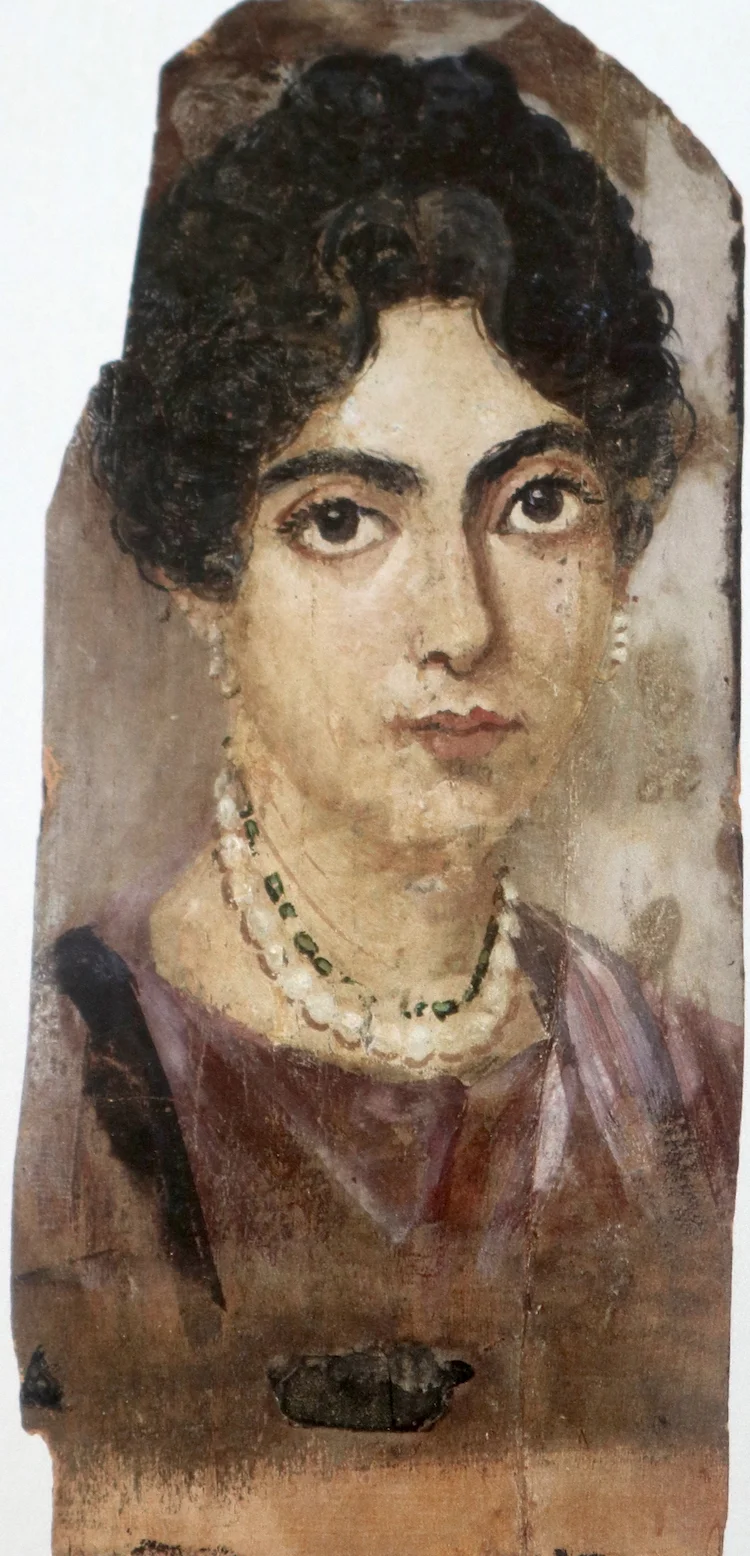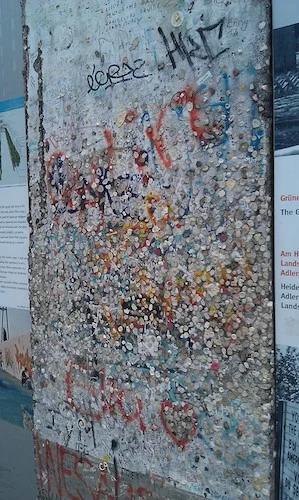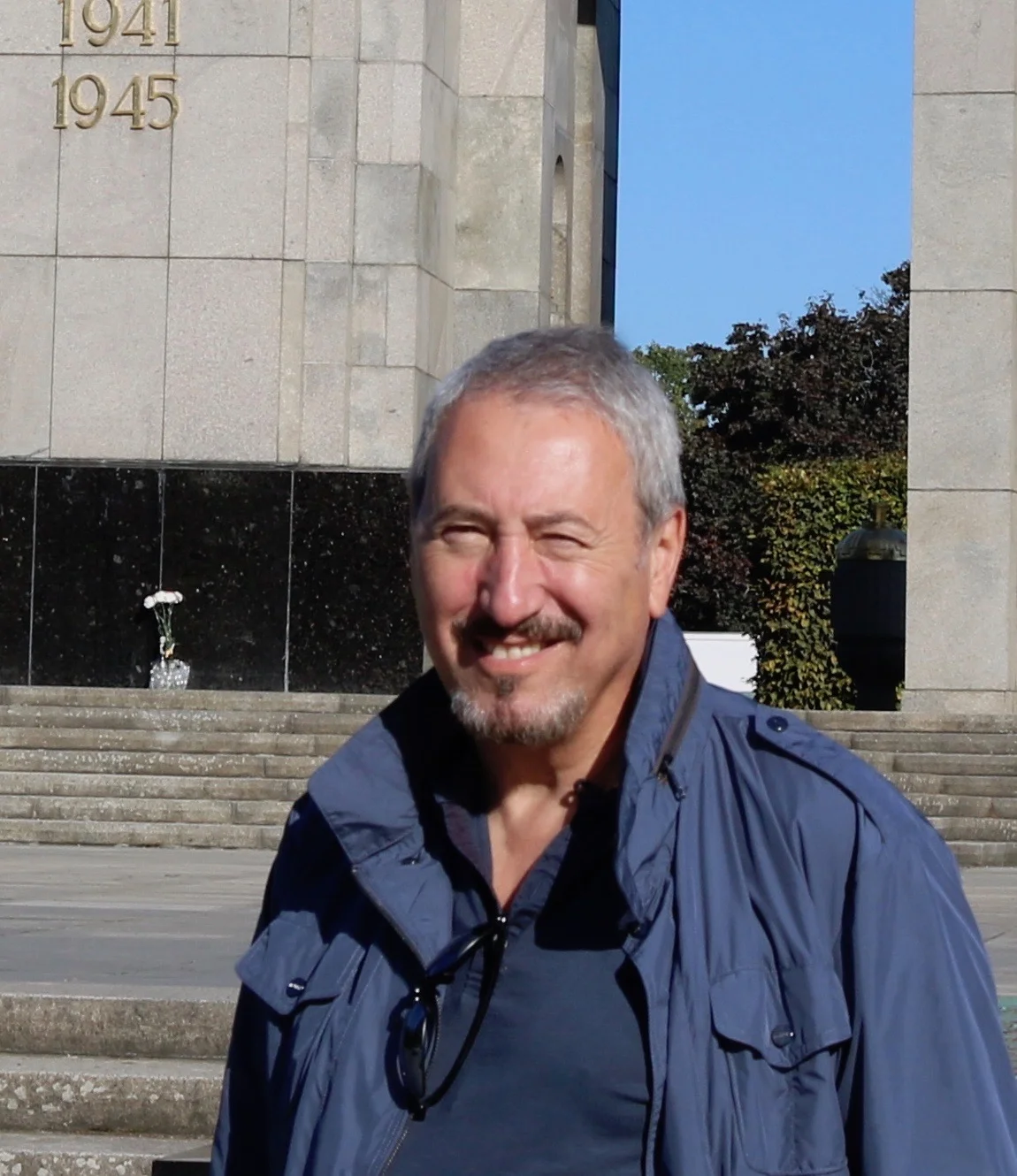Have you ever looked at a painting without a frame, and then seen it framed? Have you noticed the difference? A good frame can transform a painting.
It provides definition, borders, confidence, posture. It adds to the appreciation of a painting in many indefinable, almost ethereal ways. Paintings look better in frames.
So it’s very annoying that the price of good quality frames has increased enormously. It maybe because of Brexit, or Covid or the cost of energy, but whatever the reason, frames have gone up, adding to the overall cost of buying art.
One solution is to re-use old frames. But this is not as straightforward as it sounds. Old frames are often created in standard inches, whereas most modern canvases are measured in centimetres. And that is before considerations of style, it’s quite amazing how tastes have changed, and if a good frame can positively transform appreciation of a painting, a bad frame can do the opposite. But if an old frame looks good, and fits the bill, it has to be made to fit the canvas.
This involves cutting the frame down to size, and to help me do that, I’ve invested in a mitre saw. And just to keep in the spirit of things, it’s an old, pre-loved manual saw. So hopefully, in the future, some of my paintings will be featuring classic frames, providing a defining context in which to present my art.

